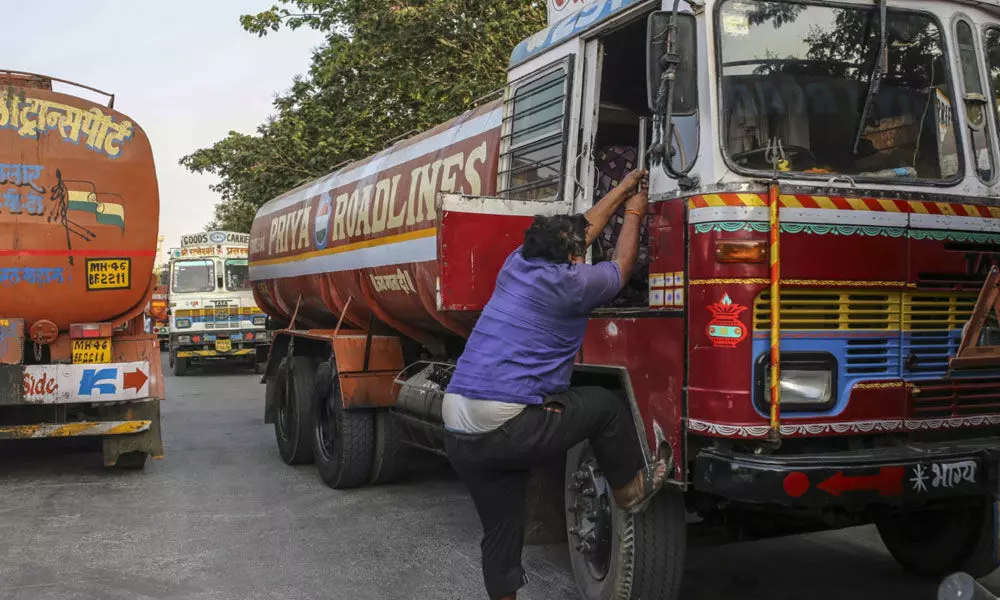Speedy recovery from Covid washout fuelling oil demand in India
Overall fuel demand in the current financial year, which runs to March 31, is expected to fall 8.5 per cent
image for illustrative purpose

India, once the center of global oil demand growth, expects its fuel consumption to bounce back during the coming year as the nation recoups the losses caused by Covid-19.
Demand for gasoline, diesel and other fuels will reach a record 215.24 million tons in the 12 months through March 2022, according to estimates by the Petroleum Planning and Analysis Cell of India's oil ministry. That's almost a 10 per cent rebound from the current year, which has been hit hard by the virus.
At one stage last year, India's fuel consumption plunged by as much as 70 per cent, led by the world's biggest lockdown. The measures forced a sharp reduction in crude processing and imports and helped drive a slump in international oil prices. On Thursday, the Organization of Petroleum Exporting Countries (Opec) and allied nations will discuss how much crude to pump, and India is urging them to open the taps.
The world's third largest oil importer and consumer expects strong demand for transport and industrial fuels to drive next year's rebound. Consumption of diesel an economic barometer and the country's most-used fuel will grow by more than 13 per cent, as will demand for gasoline. Overall fuel demand in the current financial year, which runs to March 31, is expected to fall 8.5 per cent.
India's economy pulled itself out of recession last quarter, helped by a boost in government spending and the reopening of an economy that's mainly driven by domestic consumption. It was one of the few major economies to post growth in the final three months of 2020.
A trend for more commuters to use personal cars instead of buses, trains and other modes of public transport is expected to drive India's demand for gasoline.
Demand for aviation fuel, which suffered the biggest blow, is estimated to grow more than 74 per cent during 2021-22 fiscal but will remain a little lower than the pre-pandemic year, the PPAC's projection showed. (Bloomberg)

